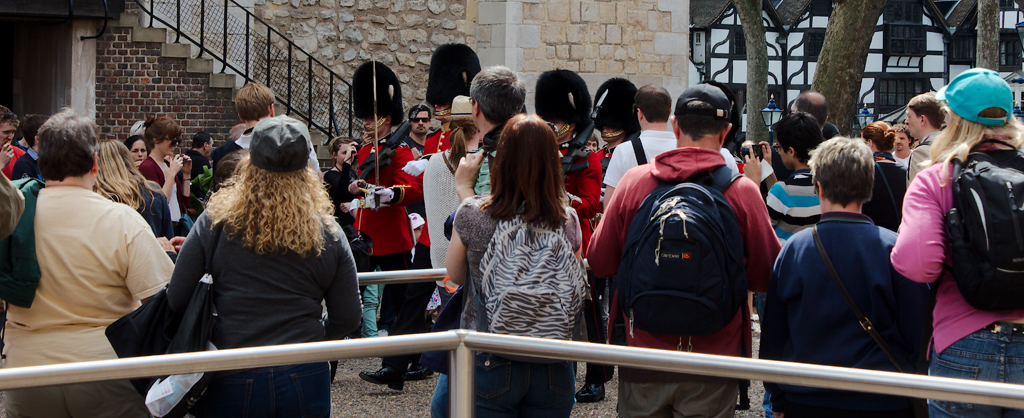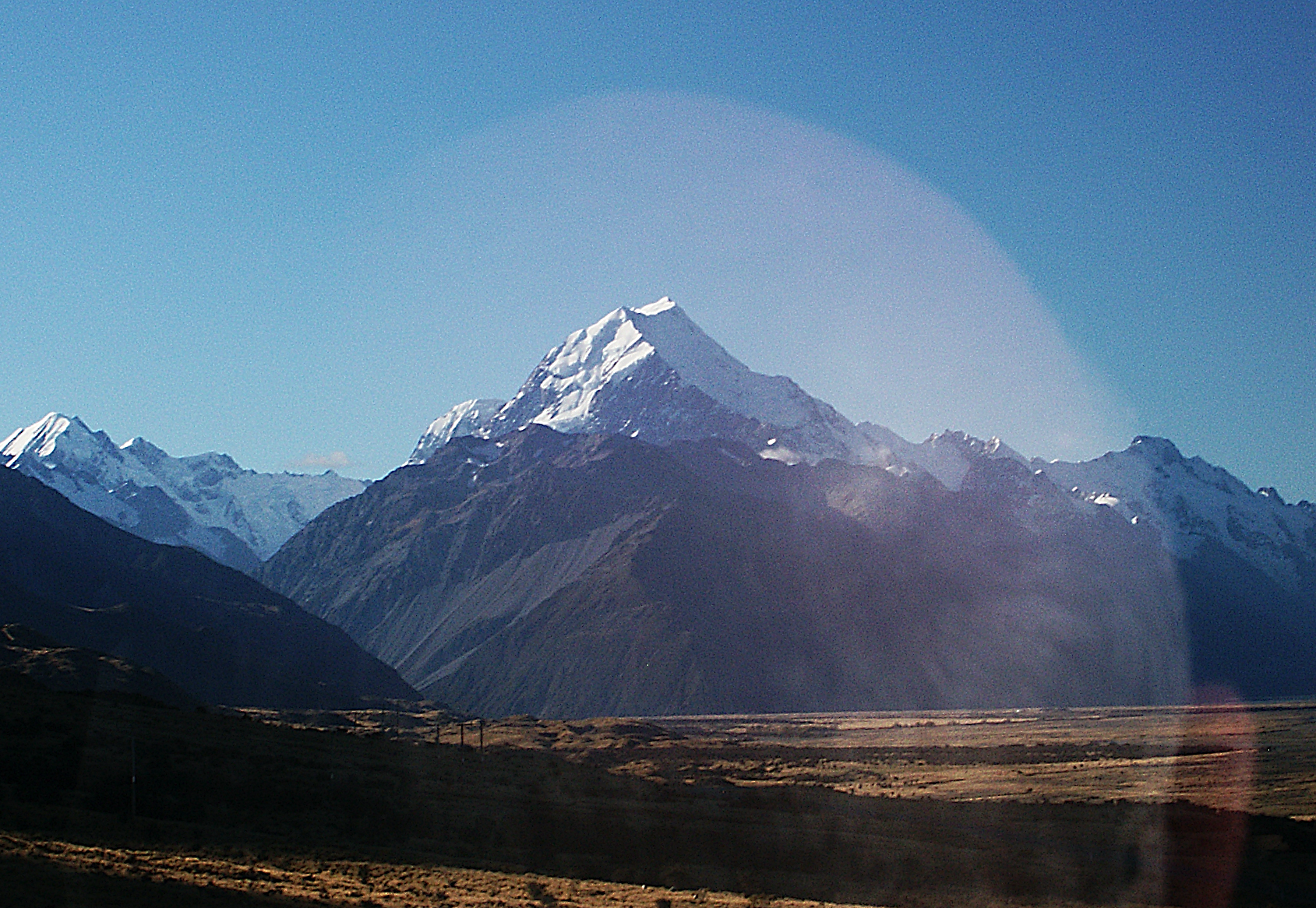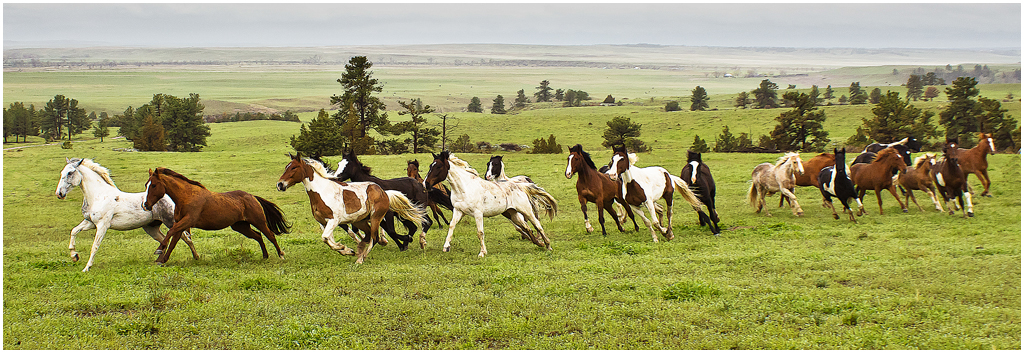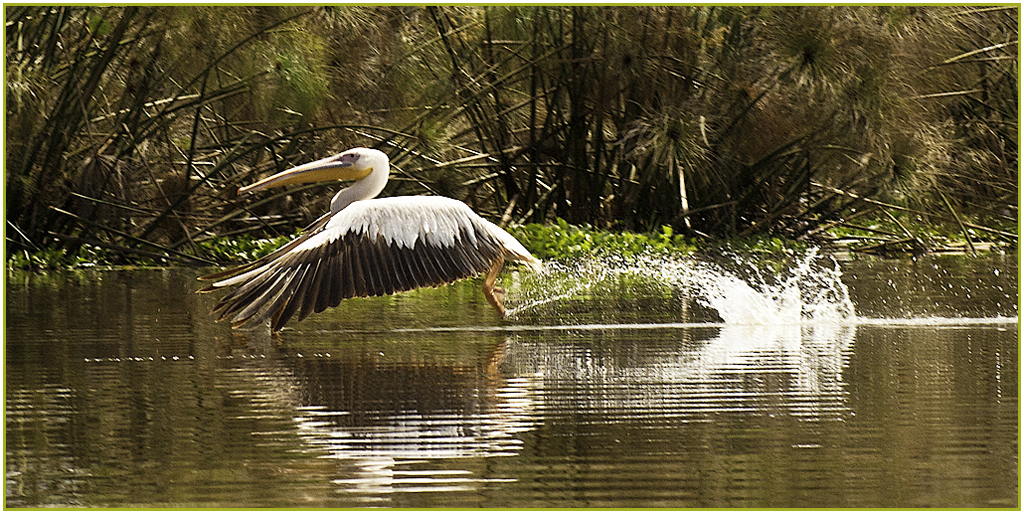
Bus Tour Photography
by
Roy Lobenhofer
My wife and I have taken a number of bus tours. Frequently
they are to places featured in past issues of National Geographic or similar
publications and I look forward to the photographic opportunities they provide.
Before going into our experiences, it'll be beneficial to
know from whom these observations are coming. First, and most significantly, I
am not a professional photographer. The tours I am talking about are not
photographic tours. They are simply tours for the general public interested in
the region. I’ve never been paid to photograph anything on the tours nor were
any of the tours complimentary. Quite conversely, we’ve paid handsomely to go
on.
I also believe it is important for you to understand the
type of photographer I am. I like tripods, cable releases, low ISOs and small
apertures. It's not unusual for me to spend an hour taking a picture of one
scene or even one flower.
A recent tour of England, Ireland, Scotland and Wales
quickly reminded me of the problems facing my photography. As the challenges
became more evident, I started making a list of them. In developing that list, I
also found some things were truly photographically beneficial and started
another list.
Let's start out with the challenges and end with the
opportunities.
Challenge #1 –
People
At the first stop on the tour on the tour of England, I
realized my photographic expectations for the trip faced some severe problems!
We loaded up on the bus and were off for our first day of sightseeing. We
arrived at a very majestic cathedral. It was breathtaking! However, it was not
only breathtaking to me and the 40+ other people on our bus, but also to the
umpteen other busloads of people visiting at the same time as we did. The
cathedral, after all, is a tourist attraction and visitors are to be expected.

While most were quite conscious of people trying to take
photographs and tried not to get in the way, I snapped plenty of shots with
people’s heads, backs and one case a nose being displayed prominently.
Unfortunately, they were never in focus.
Again it is most likely important to inform I generally
avoid having people in my pictures. (Grandchildren excepted.) Occasionally, a
person in a picture to give a size perspective isn't all that bad if there isn't
a better way of doing it.
You see, I believe in the golden rule "Do unto others ..."
and I hate having my picture taken.
It is very evident everyone does not share my aversion to
being photographed. There were a gaggle of girls who were every place we
visited. I must confess they were excellent in their disguises. Sometimes they
looked like a group of elderly women. Sometimes they looked like families or
some other group. But I could tell
they were the same people by their actions. They each had to have their picture
taken in front of every angle of the site and their routine was the same. They'd
giggle. They'd fuss a little with the appearance and then pose. The picture
would be taken. They'd giggle and run to see what they looked like in the
picture. (Don't you just love digital photography?) Rarely they'd decide they
didn't look quite right and the picture would have to be retaken; however, most
of the time it was merely on to the next girl.
I will have to give the girls credit. They had great
photographic sense because they always picked out what I thought was the best
angle. The other point I have to give them is being fast because they were
always ahead of me.
Challenge #2 – Time
Early in our touring, I realized my favorite tripod was not
the way to go. It was too big, heavy and cumbersome for tours. I bought a
lighter one once but it quickly became apparent there wasn't room for using a
tripod on the bus and there wasn't time to set it up when we were off the bus.
(A monopod does help some for people who are as old and shaky as I am.)
The other thing about time is that tours have a different
concept of golden hours than photographers. With breakfast usually 7 AM and
checking into hotels and dinner around sunset, the golden hours were not spent
behind the camera. I suppose I could have forgone breakfast and/or dinner and
gone shooting at the prime time, but we were usually staying in cities not near
the natural wonders I like to photograph. More truthfully, everyone who has seen
me knows I don't pass up meals.
The final challenge with time was not so much time but of
speed. On tours I primarily shoot with an 18 to 55 mm lens. Since I’m generally
taking pictures of scenes, I felt 1/100 would be a very adequate shutter speed.
It is for shots taken when off the bus and when I was taking something well off
in the distance. Shots taken of something relatively close to the bus while the
bus was moving are a different story. Those were very blurry. Being the
relatively smart individual I am, it didn't take me too long to figure out the
problem was the bus was moving even if the bush was standing still. I try to
avoid taking pictures from the bus for a few days. But usually find I can’t pass
up the opportunities. I’ve found my pictures improved significantly when I take
the shutter speed to 1/500 sec.
Challenge #3 – The
Wrong Side
Another challenge presents itself is being on the wrong
side. (No, I’m not talking about playing games.) I'm talking about being on the
wrong side of the bus. My wife being conscious of my photography gives me the
window seat whenever there’s a possibility of taking pictures. (I generously let
her have it when we were driving at night.) However, having the window seat is
not an advantage when something is worthy of a photograph on the other side of
the bus. Not only do I have to avoid taking a very close up of my wife, I have
also been able to take close ups of many of our travel companions (usually not
their best sides). I won't tell you how many of those pictures I took before I
finally realized it was best to enjoy those scenes with my eyes not through a
lens.
There is also the other problem with being on the wrong
side – this time of the road. It’s very surprising how frequently I’d see an
attractive shot on my side of the bus coming up and snap the picture just as a
truck passes going in the other direction. The obviously solution to that
problem is to be aware what is coming toward you; however, it’s difficult to
concentrate what is coming toward you and concentrate on what you’re trying to
photograph. I tried going to the continuous shooting mode; however, that too has
its drawbacks. You see I shoot RAW and I can only get about 4 pictures before
the camera needs to free memory. That means I get 4 pictures of the truck.
Challenge #4 – Bus
Windows
I find three individual challenges with shooting through
our bus’s windows. The first of those are reflections. Reflections are always a
problem when shooting through glass, but when shooting in zoos and the like, you
can usually line things up so the reflections don’t come into play. It’s a lot
harder to do when traveling in a bus. The advice I’ve read about glass
reflection is to get as close as possible – even touching the glass. I would
definitely
not recommend having your
lens touching a bus window. There are always vibrations when the bus is moving
and the vibrations are magnified by potholes. Getting close does seem to help,
but again it’s not easy or sure fire. I took many pictures I thought were
reflection free until I looked at them on a monitor.

Nice picture of the aura around Mount Cook in New Zealand until
you notice the ear on the “aura” in the lower right.
Another problem with shooting through bus windows is the
windows are almost always tinted. Of course that decreases the light requiring
slower shutter speeds, larger apertures, or higher ISOs. The tinting also seems
to dull the pictures. I was able to help this (at least to my eye) in post
processing by increasing the contrast and vibrance. As always, compensations are
never as good as getting it right in the camera.
The final problem I’ll complain about in regard to bus
windows is safety decals/stickers. They are important to the safe operation of
the bus. It is important to know how to knock the window out if the bus is
upside down; however, it does look strange to see such information when looking
at a photograph of a lovely field.
Obviously, the best way to handle bus windows is to not
take pictures through them. However, as beautiful scenes continue to roll by,
I’m afraid I have not been able to develop the discipline to adhere to that
philosophy. Therefore, I must be willing to accept the multitude of ****** shots
I get.
I have now provided you with four of the more significant
challenges presented while trying to take photographs on bus tours and now it is
time to turn to the benefits that I get from such tours.
Benefit #1 – Happy
Spouse
My wife enjoys seeing different parts of the world. She
enjoys reading about the people of the region, the flora and fauna and
traditions. We’ve had a perfect record in regard to having wonderful,
knowledgeable, and personable tour directors. In addition, with only a few minor
exceptions, the people we have met on these tours have been very nice and
accommodating (and especially important to me – on time).
Since the concept of “living together” happened much more
recently than my time, I can’t speak to those, but every married person knows a
happy spouse is a good thing! That is especially true of would be photographers
who drag their cameras just about everywhere.
Benefit #2 – Great
Excuses
Another nice thing about “bus tour” of photography is that
it allows the photographer numerous excuses. (Actually they are listed above as
challenges.)
“I know it would have looked better if I was standing
little to the right, but someone was standing there.”
“Yes, the light is harsh but we were only there for lunch.”
You get the idea. Of course, in reality, in my case, I
would’ve most likely made the same mistakes whether I was there by myself or as
part of the tour. But, the excuses are nice benefit.
Benefit #3 – Where
to Return
One of the benefits I’ve long touted of such bus tours is
they give an overview of areas so you know where to return with your tripod to
get some “real photographs”. I started saying that when we first started going
on bus tours, I said it long enough that I realized there were most likely too
many “other” places to go to actually return anywhere, but then on a bus tour we
visited a wild horse sanctuary in South Dakota that intrigued me enough that I
did return and spent a more appropriate amount of time. (Pictures weren’t that
much better – see Benefit #2.)

As I reflect back on the tours we’ve been on, there are
numerous places I’d love to return to photograph with the equipment and
knowledge I now have. The pictures may not come out any better, but I’d love to
try. Therefore, if anyone has insight into future lottery winning numbers, I’m
willing to listen. (I’m also willing to listen to information about magic
elixirs that would remove some of the effects of age on my body and let me get
those low angles easier!)
Benefit #4 – Every
Once In A While …
There are undoubtedly challenges to good photography on bus
tours, but every once in a while I get lucky. I’m sure you would end up with
more than I have.


It was best said by our guide in Kenya. He pointed out we
should not expect National Geographic quality photographs because the National
Geo photographers spend months or years getting the shots we see in the magazine
and we had a week. Obviously, he’s right! If you go on your bus tours with that
in mind, you’ll be far happier.
(I’m trying.)
All in all, if you are into sightseeing where someone else
does the planning, making all the arrangements, and worrying about when things
don’t go right, tours are the way to go. As for the photography on such tours,
there are challenges, but every once in a while you get lucky.
As always, I’d
welcome your comments. rwl@lobenhofer.com